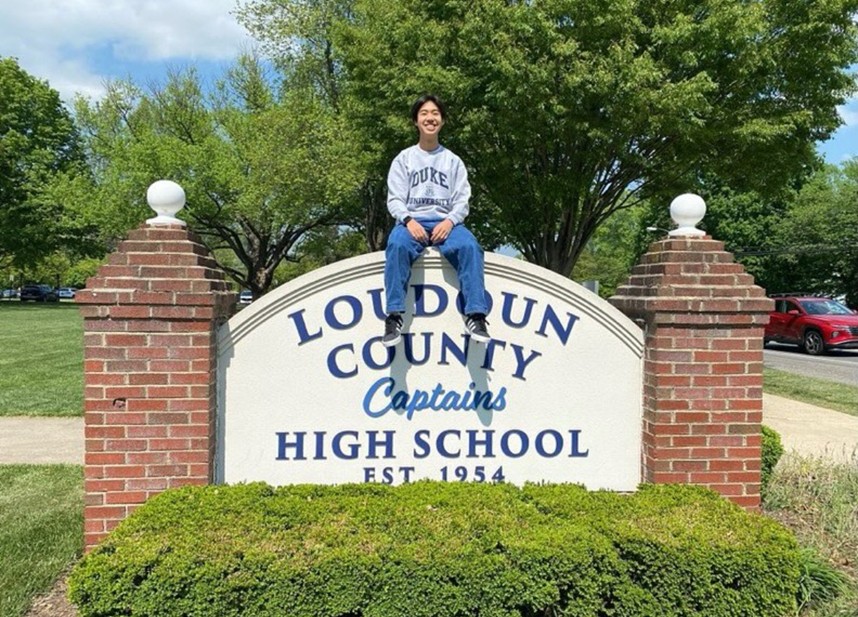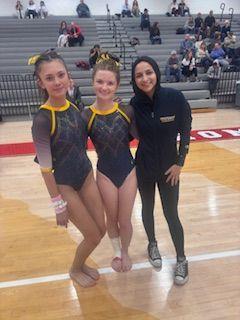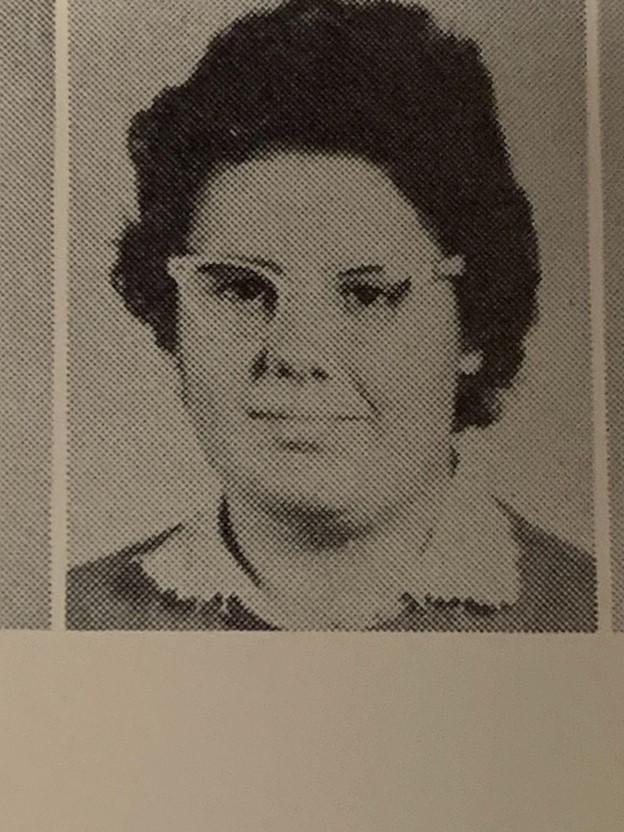In 1937, the first Disney Princess, Snow White, was introduced into theaters. From there, many other princesses were added to the Disney princess universe. Unlike many young girls, I dislike the famous twelve Disney princesses.
Although there is a lot of controversy over the number of princesses, there are officially twelve princesses who are either royal or of high status. Snow White, Cinderella, Aurora, Ariel, Belle, Jasmine, Pocahontas, Mulan, Jasmine, Tiana, Rapunzel, Merida, and Moana are part of these twelve.
Out of all twelve, only four of the twelve Disney princesses are women of color. This shows how underrepresented individuals of different ethnicities, genders, races, and orientations are. According to a study conducted by Paramount Insights, 78% of people believe that representation in mainstream media is important.
Disney has been trying to increase representation since the early 1990s but has done so with limited success. “Aladdin,” featured the first princess of color, Jasmine, as well as the badly represented culture of Middle East Asia. In the city of Agrabah, where Aladdin takes place, citizens are seen in clothing that does not accurately represent those of that region. To me, Aladdin seems like Disney is trying to include more representation, but instead got it wrong.
In the 2019 “Aladdin” live-action remake, the director, Guy Richie, took his time to research and represent the characters these actors portrayed, which is great for Disney to do. However, according to multiple sources, filmmakers and extras were being applied with brown makeup to “blend in” with other characters, which contradicts Richie’s goal of trying to diversify the cast.
Disney released “Pochahontas,” in 1995, featuring another woman of color who was based on the historical figure, Pochahontas of the Powhatan tribe. In the movie, she is voiced by a Native American woman, although everything relating to culture makes fans upset. Many historians were upset with the altering of history and the culture of the Powahatans, while other viewers, including those from the Powhatan tribe, were upset with the lack of research behind this movie.
Although Disney was moving towards change with the start of “Aladdin,” they still included their blatant racism in some of the songs in Pocahontas. Disney’s use of the word “savages” and “devils” said by settlers when referring to Pocahontas, reflect racism and negativity that surrounds Native Americans today, and still did at the time the movie was released, which Disney didn’t acknowledge was still happening. Although this type of language was wrong, it is a part of history, and Disney should emphasize how wrong it is and educate themselves and others and additionally leave a note explaining the errors made before the movie plays on Disney+.
In 2009, after getting several movies featuring women of color completely wrong, Disney released “Princess and the Frog” which featured Tiana, a black woman living in New Orleans in the 1920s. In this movie, it portrays Tiana working two jobs to make ends meet while her white best friend is extremely wealthy. This projects the harmful stereotype that African Americans have a low-income position in society and that they need to work multiple jobs, which at the time African American women generally did not work in restaurants, let alone own restaurants, which Disney seems to be avoiding, which is historically incorrect.
As well as the importance of historical research, in almost every single Disney princess movie, each princess is shown in trouble, in need of saving by a prince, showing the need for better plotlines. This ideal goes against the fight for women’s rights and treatment, which women have been fighting for for several years. Such stereotypes confine women to indifference under men’s control, which is especially harmful to developing girls.
The production of Mulan in 1998, featured Mulan, a woman of color in the era of Imperial China, disguising herself as a man to help her family in the war. Disney is in turn trying to show how women are just as capable as men. This introduced ideology is empowering for girls as it strays from traditional values shown in Cinderella, Snow White and the Seven Dwarfs, and Sleeping Beauty. Disney should create more movies like this, as Mulan is one of the two movies that reinforce this idea.
In a research study finding Disney Princesses and their long-term effects, Jon McBride found that 96% of girls had viewed Disney Princess media and less than a year later, had more female gender-stereotypical behavior. These types of harmful stereotypes can make girls less confident, and less willing to branch out in areas such as math, science, and engineering. I propose that girls still watch these movies for entertainment, but also be educated and empowered by parents to improve confidence and self-esteem.
Even though the original Disney princess movies are “iconic” and “lovable,” change needs to be made, even if a small percentage of people and myself think so. If Disney were to continue making new princesses, I suggest they showcase women in areas of science, technology, engineering, and mathematics, showing them excelling at other fields other than showcasing the royal life that many of these princesses live. I also suggest that while Disney keeps things historically accurate and appropriate, they should also continue making movies that are suitable for their young audiences.




















